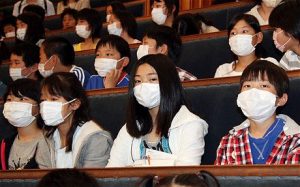The COVID-19 coronavirus pandemic is devastating lives, livelihoods, and personal, business, and government finances around the world. Unfortunately the American higher education market hasn’t escaped this economic destruction either. College and Universities are facing a perfect storm of reduced enrollments, reduced endowments, and increased expenses all at the same time.



